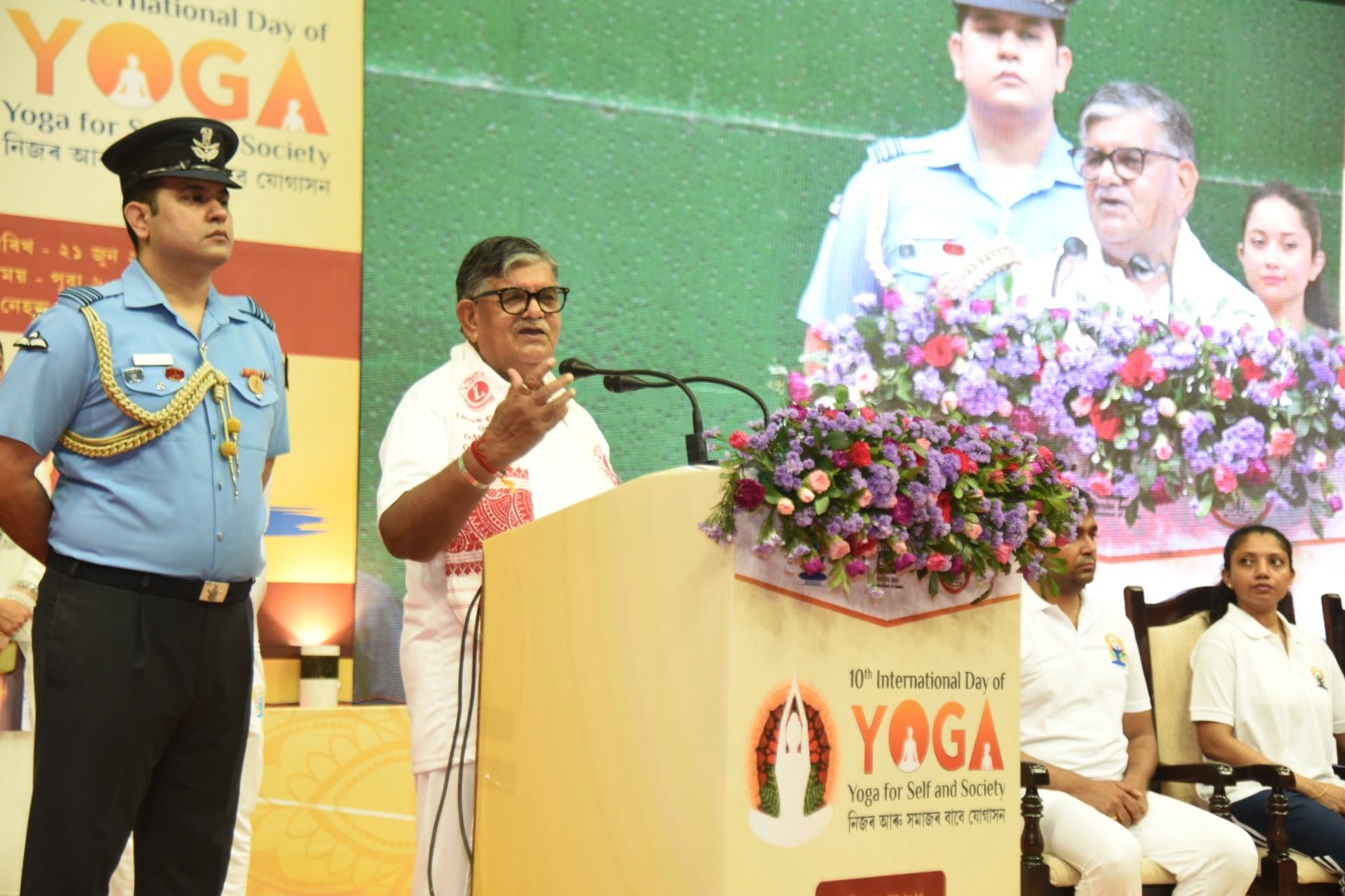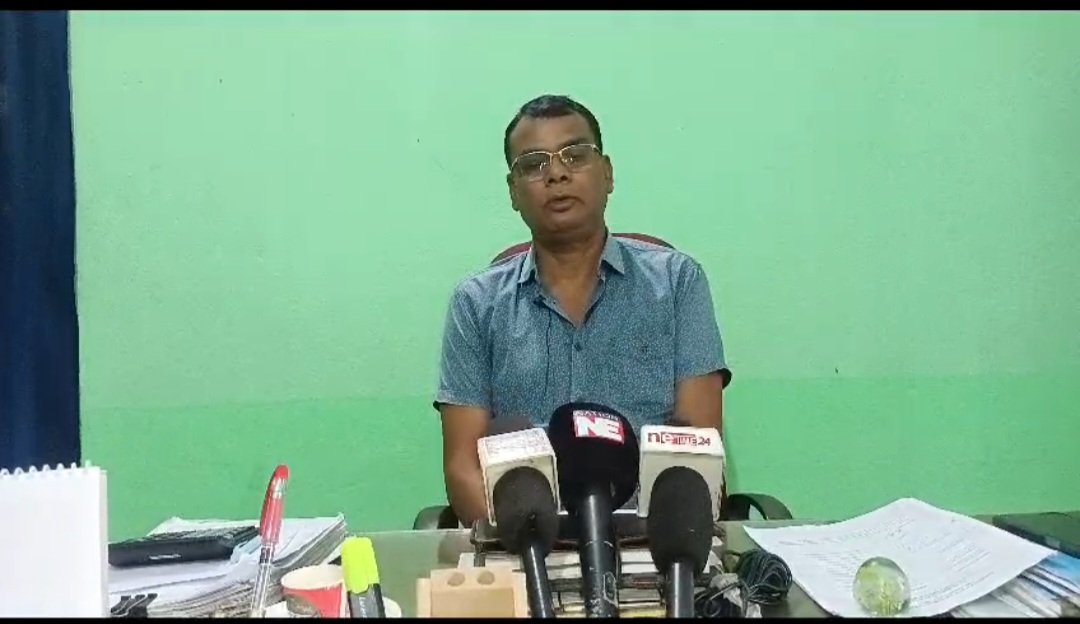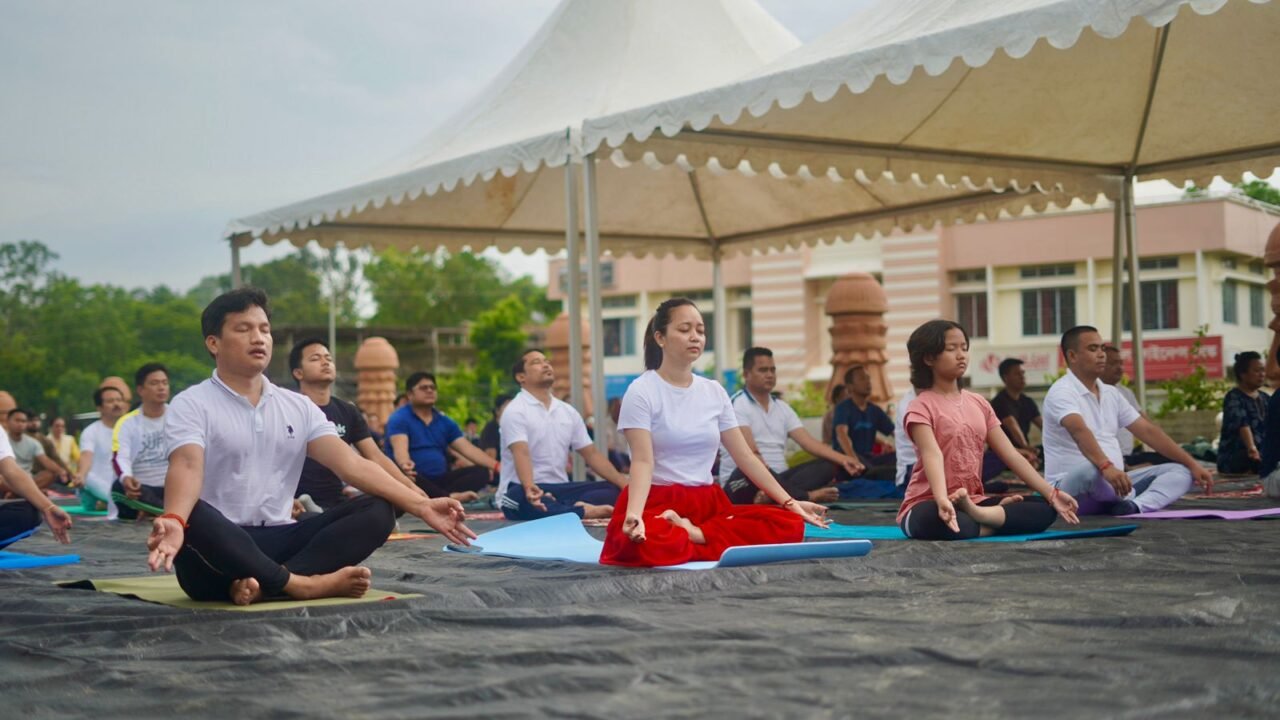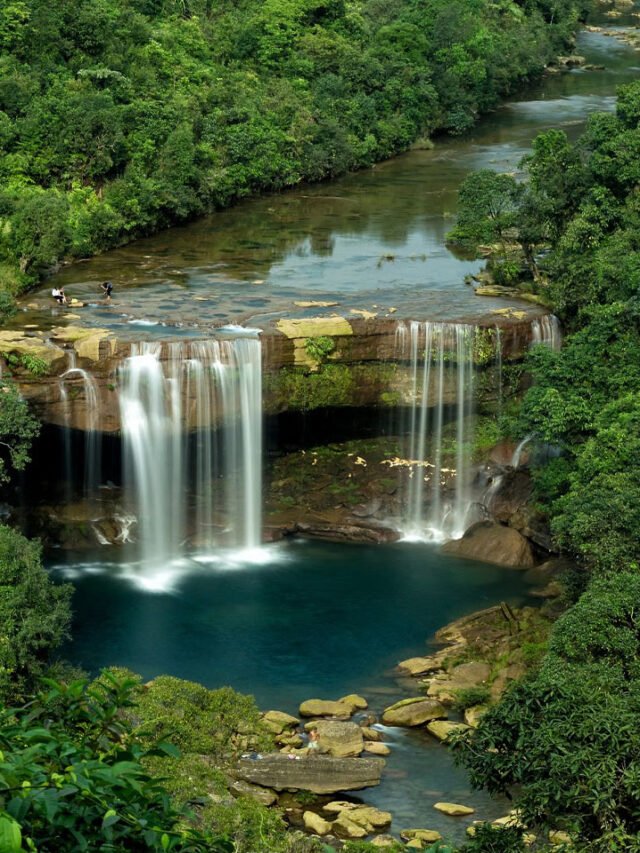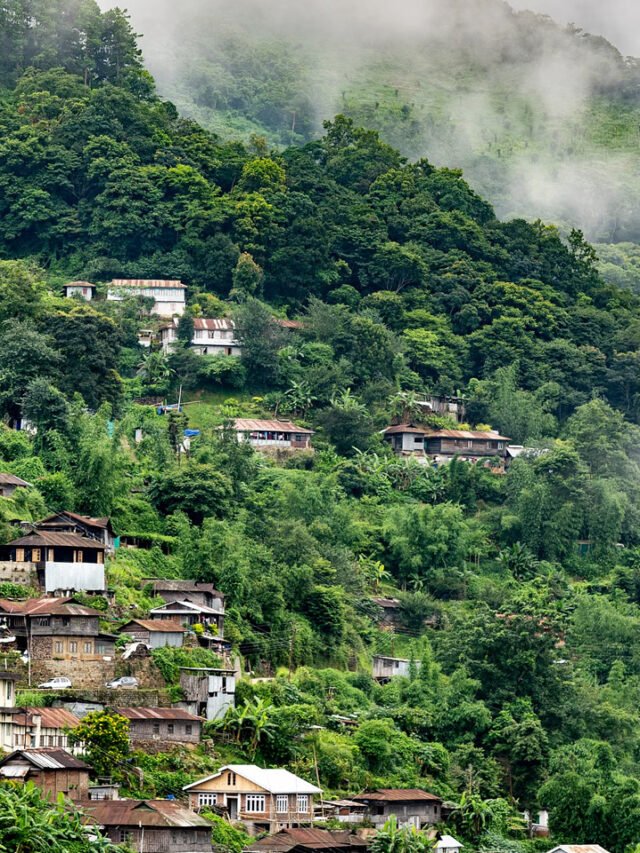HT Digital
GUWAHATI, Dec 25: Preparations are in full swing for the grand Jhumair Dance celebration scheduled for February 24, 2025, at Sarusajai Stadium, Guwahati, Chief Secretary Ravi Kota announced on Wednesday.
The event, which will showcase the rich cultural heritage of Assam’s Tea tribe community, will be graced by the presence of Prime Minister Narendra Modi as the chief guest.
In a bid to ensure seamless execution of the event, a video conference meeting was held under the directions of Chief Minister Himanta Biswa Sarma.
Chaired by the Chief Secretary, the meeting brought together all District Commissioners to review preparations and finalize timelines for this cultural extravaganza.
Chief Secretary Kota outlined several directives to guarantee the smooth organization of the event.
District Commissioners, particularly from areas contributing a large number of performers, were instructed to personally oversee preparations.
They were also assigned with working closely with Guardian Ministers, Members of the Legislative Assembly, and the Additional Chief Secretary of the Cultural Affairs Department to ensure that all responsibilities were executed effectively.
Meanwhile, a significant emphasis was placed on the welfare and safety of the performers, especially women.
Arrangements for transportation, medical care, and secure accommodation were also prioritized to ensure a comfortable experience for the participants.
Additionally, training venues across districts were identified and equipped with proper facilities, including audio-visual systems, medical teams, refreshments, and sanitation amenities.
The District Commissioner of Kamrup (Metropolitan) was assigned the responsibility of managing accommodations for the performers in Guwahati. In addition, district-level officers were directed to conduct pre-event inspections of the Sarusajai Stadium and other facilities by February 20, 2025, to ensure readiness.
Furthermore, to oversee training and preparations, district-level committees comprising representatives from cultural and administrative backgrounds were formed.
Additionally, a grievance redressal mechanism was also set up to address concerns promptly and efficiently.



